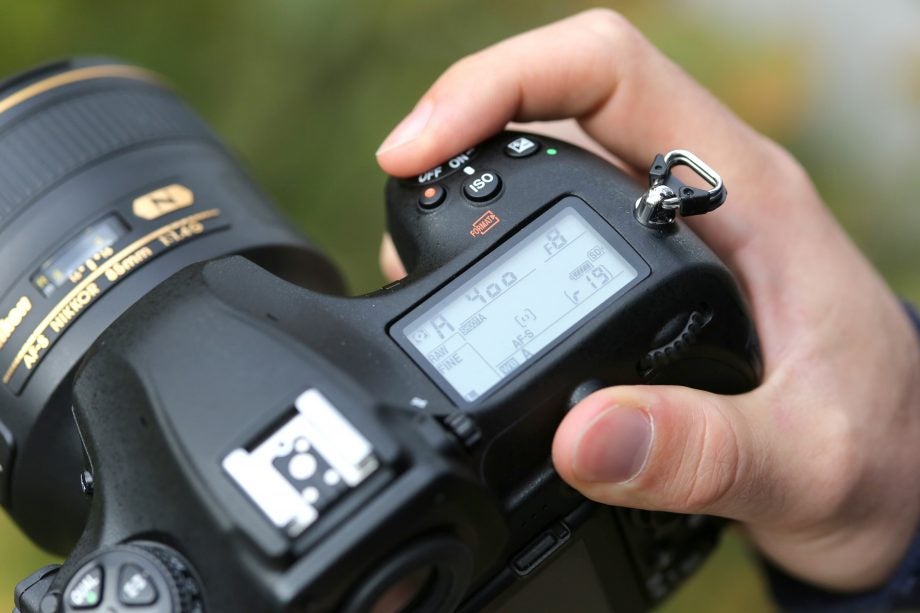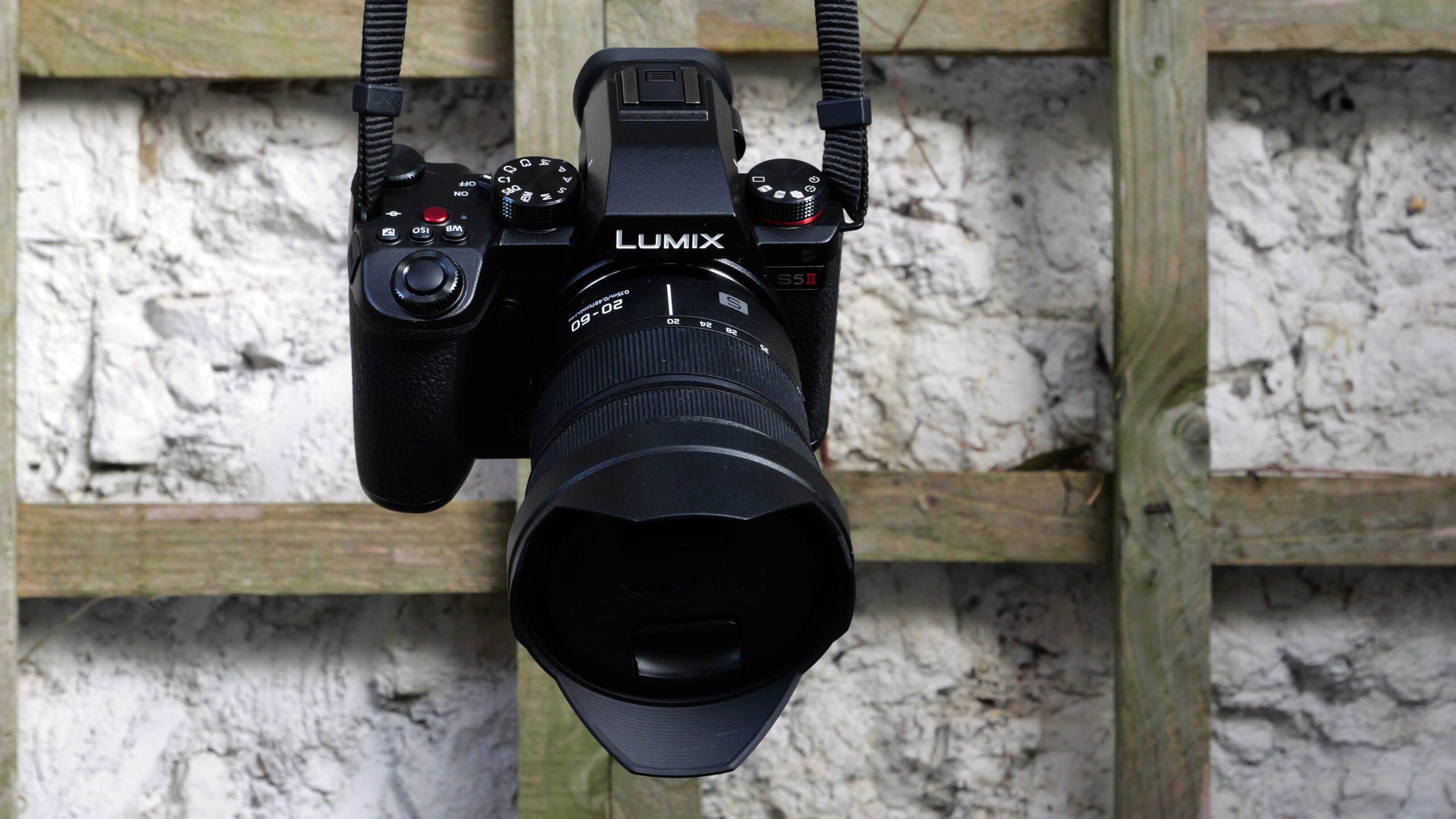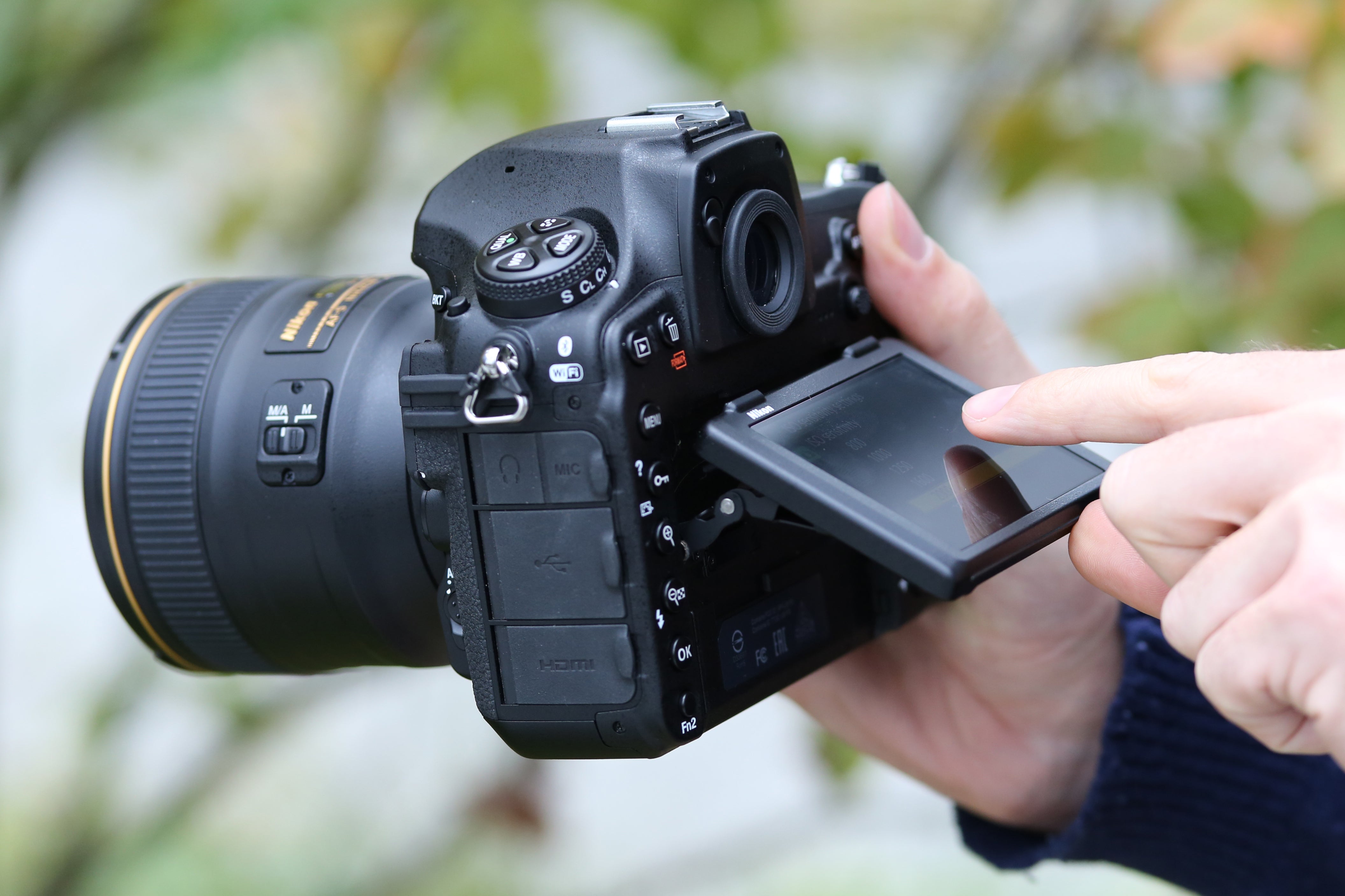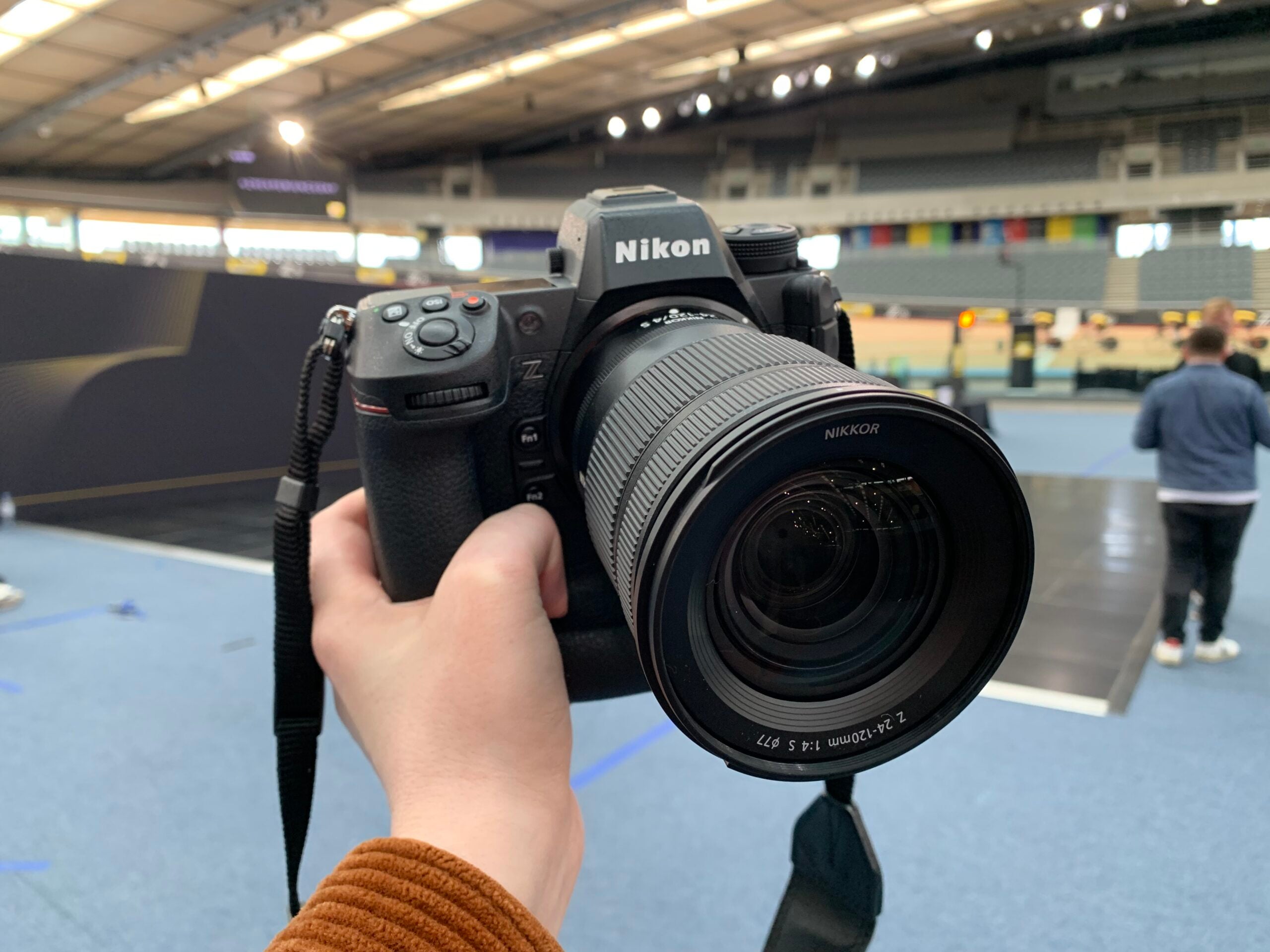What is f-stop on a camera?

If you’re getting to grips with a new camera, you might be wondering what the f-stop is and what it means for your photos.
These numbers can be spotted everywhere from mirrorless cameras and DSLRs to the portrait mode on your phone. Here’s what they mean…
What is f-stop on a camera?
The f-stop (or f-number) is the way in which photographers measure aperture on a camera. The “f” in f-stop refers to the focal length of the lens.
Aperture controls how much light is able to enter a camera, which affects both the exposure of an image as well as the depth of field achieved.
Increasing or decreasing the f-stop allows photographers to adjust the aperture. This can be done by either opening up the lens to allow more light to reach the sensor or narrowing the opening to limit the amount of light that enters the camera.
How does f-stop affect a picture?
The f-stop affects how your final image looks by controlling the aperture, and thus both the exposure and depth of field of the photo.
A wider aperture equals a more shallow depth of field with a blurred effect behind the subject. This is also what creates a bokeh effect when shooting in front of fairy lights and street lamps. This makes wider apertures signified by f-numbers around f/2.8 or below ideal for portraits.
Photos shot with a wide aperture are also brighter, or more exposed.
A narrow aperture, on the other hand, keeps both the subject and background sharp and is a common choice for landscapes and group photos. For this reason, f-numbers around f/16 and above are useful in these instances.
However, images taken with a narrow aperture will be less bright as they are not as exposed. This makes narrow apertures a popular choice for taking photos on sunny days when there’s already plenty of light.
To avoid over or under-exposing an image, you’ll want to adjust the other aspects of the exposure triangle to compensate. These include shutter speed and ISO.
Are aperture and f-stop the same thing?
Aperture and f-stops are essentially the same thing, with the aperture being how wide the lens opening is and the f-stop being the value that controls it.
However, the way that f-stops are written can be confusing as a smaller f-number does not equal a smaller aperture. In fact, the opposite applies.
F-numbers typically range from f/1.4 to f/22 depending on your lens, with smaller numbers representing a wider aperture and larger numbers signifying a smaller, or more narrow, aperture.





